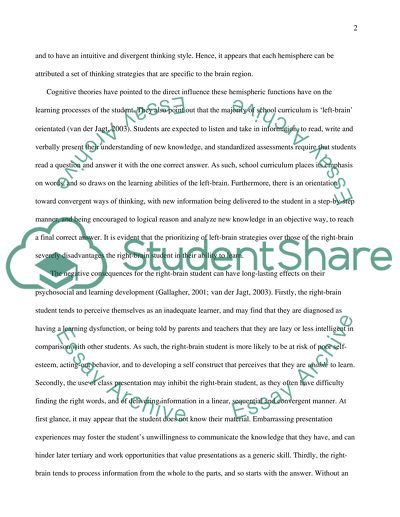Cite this document
(To Treat Everyone the Same Is to Treat Them Unequally Assignment, n.d.)
To Treat Everyone the Same Is to Treat Them Unequally Assignment. Retrieved from https://studentshare.org/sociology/1513918-developmental-psychology-issues
To Treat Everyone the Same Is to Treat Them Unequally Assignment. Retrieved from https://studentshare.org/sociology/1513918-developmental-psychology-issues
(To Treat Everyone the Same Is to Treat Them Unequally Assignment)
To Treat Everyone the Same Is to Treat Them Unequally Assignment. https://studentshare.org/sociology/1513918-developmental-psychology-issues.
To Treat Everyone the Same Is to Treat Them Unequally Assignment. https://studentshare.org/sociology/1513918-developmental-psychology-issues.
“To Treat Everyone the Same Is to Treat Them Unequally Assignment”. https://studentshare.org/sociology/1513918-developmental-psychology-issues.


